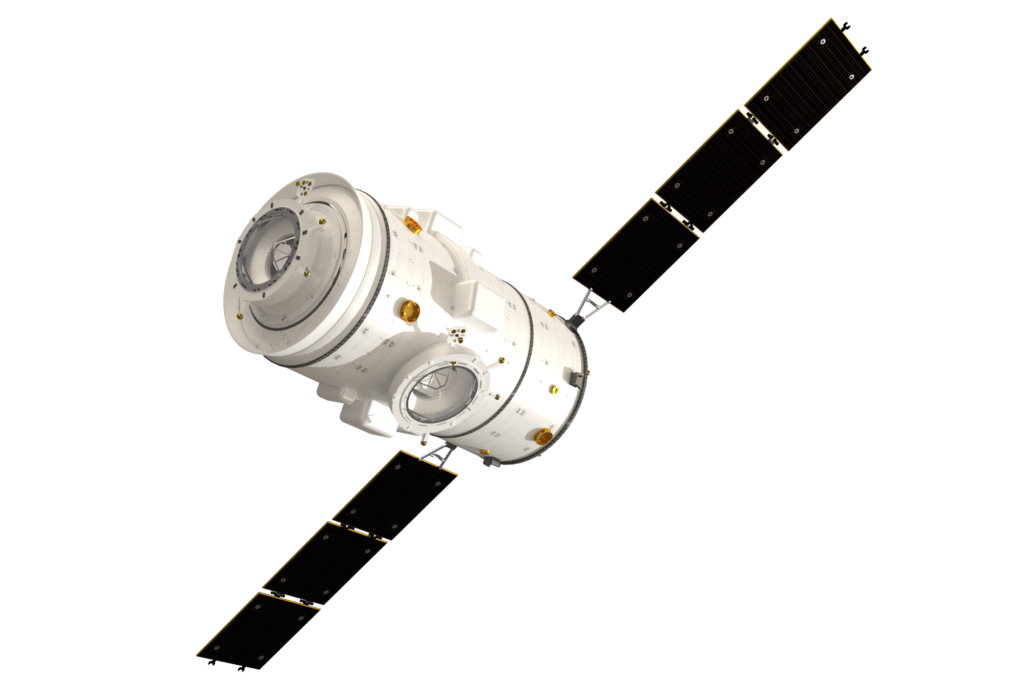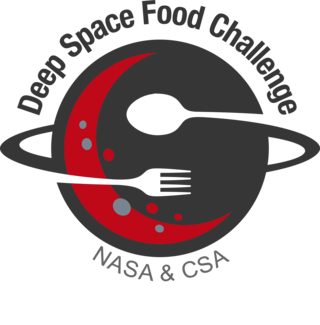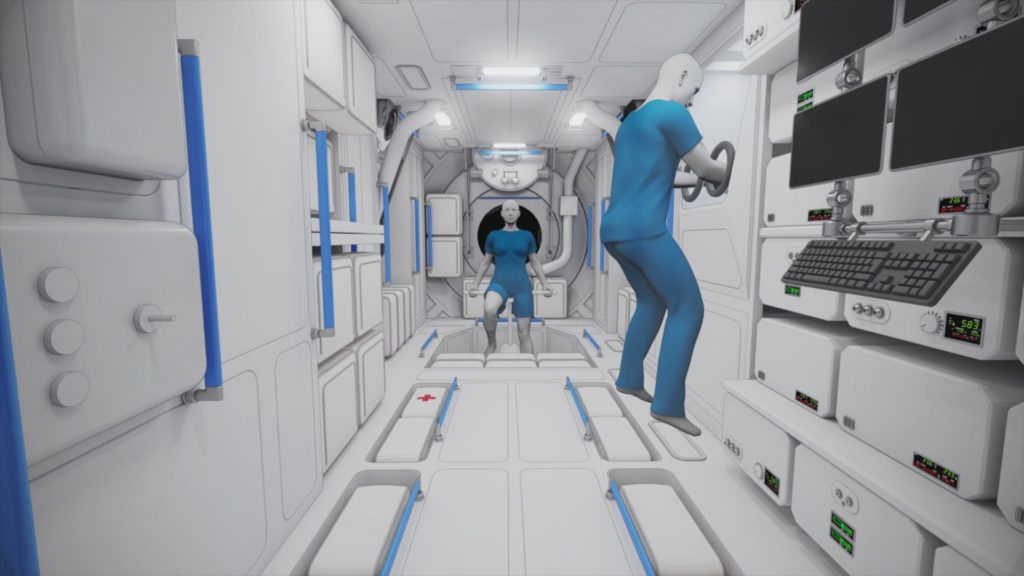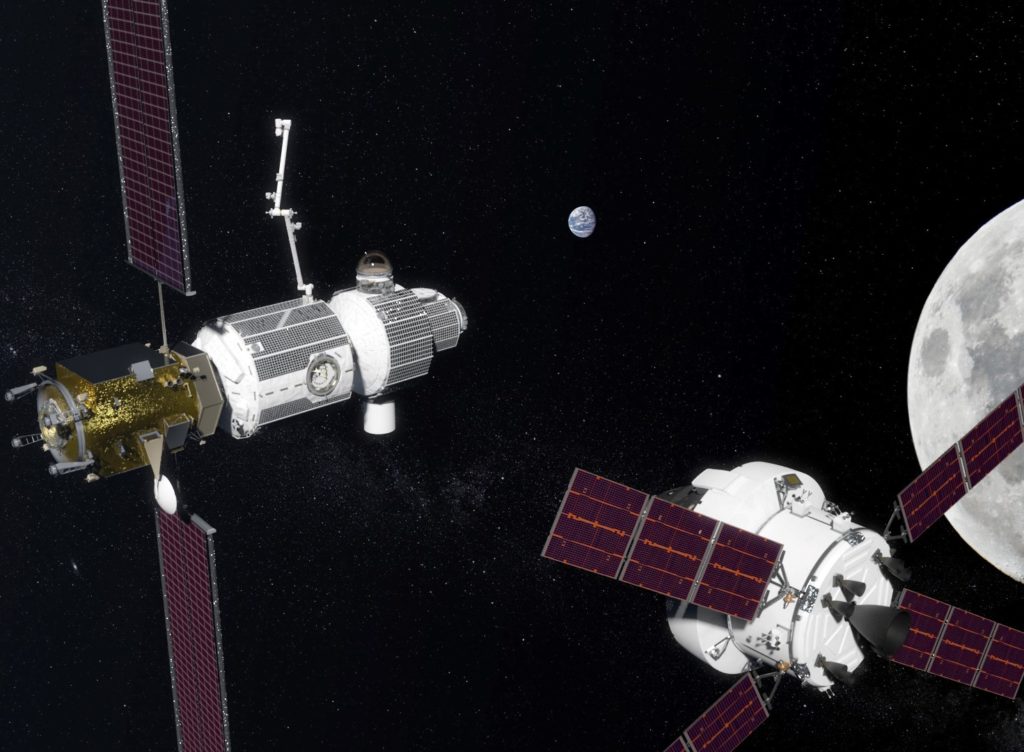I-HAB, a seldom-discussed component of the Lunar Gateway, could have an out-sized impact on the advancement of life support systems. This module is chiefly devoted to human habitation and life support. It is being developed primarily under the auspices of the European Space Agency who has devoted significant resources towards the development of closed-loop life support. Therefore, discussion of this module deserves to be revisited.
Author Archives: Mark Ciotola
Podcast: What happens when you put plants in space?
The HudsonAlpha Institute for Biotechnology presents: Tiny Expeditions – A Podcast about Genetics, DNA and Inheritance.
NASA CSA Deep Space Food Challenge
NASA and the Canadian Space Agency (CSA) are inviting organizations and teams of individuals the Deep Space Food Challenge invites teams to create novel and game-changing food technologies or systems that require minimal inputs and maximize safe, nutritious, and palatable food outputs for long-duration space missions, and which have potential to benefit people on Earth.
This is an international competition. NASA and CSA are offering hundreds of thousands of dollars of cash challenges, and others can get the glory of recognition.
Nanoracks StarLab AgTech Space Farming Center
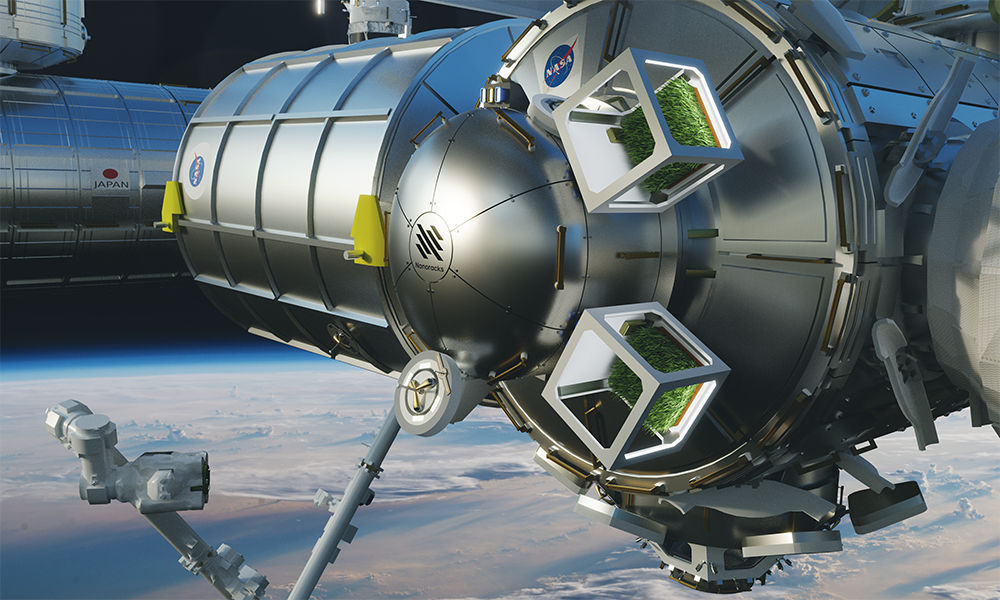
Rendering of greenhouses mounted externally to the Nanoracks Bishop Airlock on the ISS. Credit: Nanoracks / Mack Crawford
The Abu Dhabi Investment Office (ADIO) has announced that they are partnering with Nanoracks via their Agriculture Technology (AgTech) Incentive Program, an effort that supports the development of cutting-edge programs to boost the emirate’s AgTech capabilities and promote innovation.
Space Habitats for Lunar Gateway
Original raisons d’être for the Lunar Gateway were to study long-term human endurance and sustainable life support in a deep space environment, and prepare for missions to Mars and the asteroids. The Lunar Gateway was renamed the Deep Space Gateway as part of the big push for the Artemis program. What is the current state of plans for life support and space habitation on the Lunar Gateway?
Impact of Deep Space Missions on Life Support Development
The reconfiguration of the Deep Space Gateway into the Lunar Gateway and the accelerated schedule to land humans on the Moon will have significant impact on the development of regenerative life support systems and the sustainability of deep space communities of humans.
The existing International Space Station (ISS) is in low Earth orbit. That orbit provides a microgravity environment, intermediate radiation and some logistic challenges. It also involves a strictly-controlled habitat and severe limitations on plant care due to the severely impacted schedule of astronauts. In contrast, the deep space environment differs from that in low Earth orbit in several ways. First, there is considerably more radiation. Second, low Earth is much better protected by the Earth’s magnetic field. Third, it is more difficult and much more expensive to re-supply deep space.
There has been much evolution of planned deep space human missions by NASA, and hence its partners. At one point, there was a plan to have astronauts visit and retrieve an asteroid. Then the plan was to have a large Deep Space Gateway station that would gain experience for deep space missions and advance life support technology. Then the plan was to place humans on the Moon in a sustainable manner. Now the plan is for a minimal Lunar Gateway and a human landing to the Moon by 2024 and worry about sustainability after that milestone.
A common denominator among the plans has been the need to use the NASA Space Launch System (SLS) rocket and the Orion crew capsule. The SLS is an extremely powerful vehicle in terms of both propulsion and political clout. It will return some of the capabilities to NASA that were lost with the discontinuation of the Saturn V system. Since NASA has been strongly encouraged by the President to land humans on the Moon by 2024, private vehicles are now under consideration as well, if they can help achieve the deadline.
The original configuration of the Deep Space Gateway included a life support module that would have allowed the gateway to support astronauts with fewer resupply missions. It probably would have included a plant growth component.
However, due to the acceleration of a manned lunar landing mission, the Deep Space Gateway reconfigured minimalist approach focuses on providing an assembly node for short manned missions to the Lunar surface. There would also be a propulsion module and possibly an airlock module. A lunar lander would be ferried to the Gateway and the an Orion capsule would take astronauts to the Gateway. The astronauts would take the lander to the Moon for a few weeks, return to the Gateway and return to the Earth via the capsule. However, there will not be an enhanced life support module (at least not until much later).
According to a NASA source, after humans return to the Moon, then the Gateway and lunar base could focus on keeping people there on a sustainable basis. So plants in a long duration life support module might have to wait until after 2024.
The bottom line is that funding for deep space life support and sustainability will be likely delayed. If there are other cost overruns, life support and the biological sciences can get cut disproportionately. Since sustainability is untimely a cost-saver, this means that deep space communities will be more expensive for the foreseeable future, due to greater resupply expenses. The only silver lining is that there will be more time to “get it right” for sustainable life support technologies.
References
- Q&A: NASA’s New Spaceship (Dec. 9, 2018)
- Multilateral Coordination Board Joint Statement (March 5, 2019)
- NASA Begins Testing Habitation Prototypes (March 27, 2019)
Book Review: Revolutionary Understanding of Plants

Will plant intelligence compel future spacefarers to carry chili peppers? © Tomas Castelazo. CC BY-SA 4.0.
Stefano Mancuso’s book The Revolutionary Understanding of Plants: A New Understanding of Plant Intelligence and Behavior (2017) makes the case that plants are an often ignored, under-appreciated and yet extremely intelligent life form that has the ability to solve human sustainability challenges and even can teach us how to better govern ourselves.
Capillary structures could provide lower risk water recycling
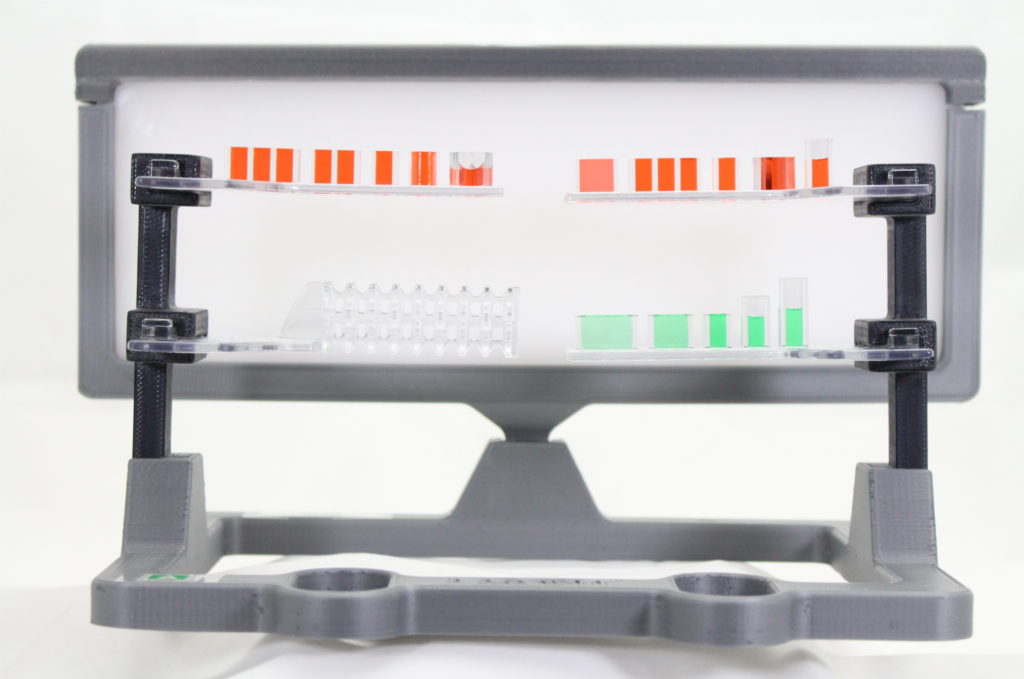
Capillary Evaporator prototype with transparent capillary structures filled with test fluids. Credits: IRPI LLC
Human use a lot of water for drinking and hygiene. Recycling is a key strategy to make the water that is launched into space last longer. Existing water recycling methods in space use harmful chemicals or considerable energy, and do not recycle 100% of the water. Reliability is crucial as well. So the search continues for new approaches to improve the water recycling process.
NASA is considering capillary structures for water recycling. Capillary action involves electrostatic forces literally pulling water through small tubes, similar to how drops of water will hang on objects despite the force of gravity pulling them away. NASA’s capillary structures investigation studies “a new method of water recycling and carbon dioxide removal using structures designed in specific shapes to manage fluid and gas mixtures in microgravity.” The capillary structures equipment is made up of small, 3-D printed geometric shapes and sizes sizes (see above image).

